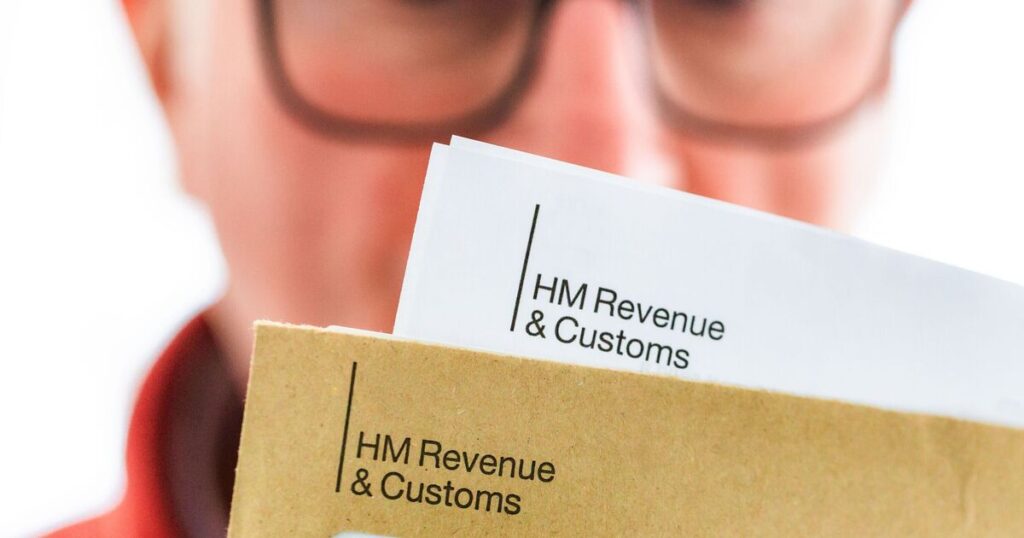
People with just £1,000 in their current account could trigger themselves a tax demand letter from HMRC if they also have savings.
HM Revenue and Customs sends tax bills to households who go over their Personal Savings Allowance each year. How much your allowance is depends on how much you earn. If you earn less than £50,270, your allowance is £1,000. Over £50,270 and it’s cut to £500, and at more than £125,140 it drops to £0.
As a result, you can earn up to £1,000 in interest from a savings account in a single financial year without owing any tax on it to HMRC. For someone on less than £50k, this would require £20,000 in a 5% savings account for a year. For someone on more thsn £50k, this would require £10,000 at 5%. A top earner would not be able to save anything without a tax bill.
Most people will focus on their savings accounts when working out if they have gone over the threshold, but a lot of people could be caught out by automatic reporting from their current account.
Savings accounts automatically notify HMRC of any interest they generate and pay to you, but so do current accounts. While most current accounts pay a piddling interest rate – sometimes as little as 0.2% and as much as 1-2% – the interest generated in your current account still counts towards your tax bill.
Bank giant Santander explains how the interest is paid: “Since 6 April, 2016, banks and building societies have paid interest gross. This means no income tax being taken off.
“Before then, we paid interest on non-ISA savings and current accounts, with an amount taken off for income tax. Unless you’d set up your accounts for gross interest.
“Banks and building societies made this change because, in April 2016, the government brought in a tax-free Personal Savings Allowance.
“If the interest you earn goes over your Personal Savings Allowance, you may need to pay tax on it, directly to HM Revenue & Customs.”
Barclays bank explains that any interest generated in any of these accounts counts towards your tax liability:
- Interest from bank and building society accounts
- Interest from accounts with providers such as credit unions and National Savings & Investments
- Interest distributions (not dividend) from AUTs, investment trusts and OEICs
- Income from corporate bonds and gilts (government bonds)
- Purchased life annuity payments
In this way, you could be stung with a tax bill with as little as £10,000 in savings if you had it in a 5% interest savings account and earned interest on top in your current account. A total of £10,000 in a normal (non ISA) savings account for just 12 months would yield £500 interest, which your bank would then report to HMRC.
If you earned more than £50,270 in the same year, you would have to pay 40% tax on any earned interest above £500, which means the £10,000 in savings has eaten up your entire savings allowance for the year. Just a few more pounds of interest generated on your salary sat in a current account, even at 1% interest, would trigger a tax bill from HMRC.
If you earned £125,140 or more, you’d be taxed on all the savings interest because you have no savings allowance at all.
Even if you earned less than £50,270, if you had savings of £21,000 at 5% for one year, you would generate £1,050 of interest and owe money to HMRC because you would exceed your £1,000 allowance, and pay even more tax on any interest in your current account.
HMRC adds: “If you go over your allowance, you pay tax on any interest over your allowance at your usual rate of income tax.
“If you’re employed or get a pension, HMRC will change your tax code so you pay the tax automatically.
“To decide your tax code, HMRC will estimate how much interest you’ll get in the current year by looking at how much you got the previous year.”
 Latest World Breaking News Online News Portal
Latest World Breaking News Online News Portal






